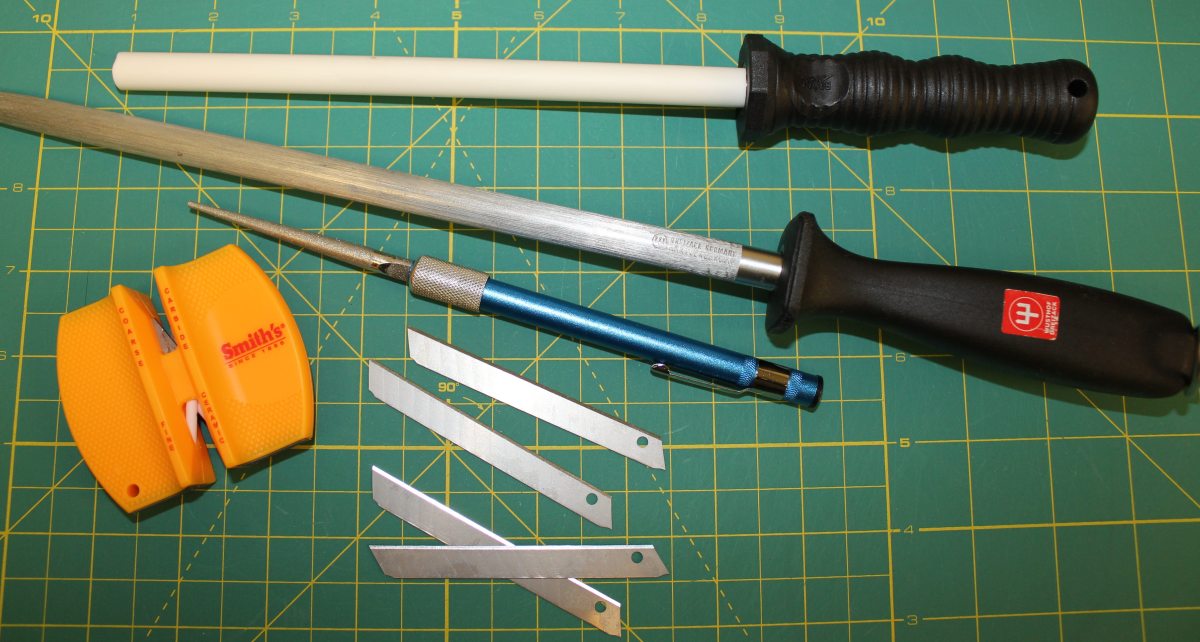- Joined
- Jun 6, 2022
- Messages
- 19
Having been brought up in a New Zealand farming community the go-to knife for years has been something similar to a Victory skinning knife, complete with scabbard and steel.

As knife technology and choice has evolved I have sort out lighter knives more suited to my hunting needs. Always present in my pack though is a Bcho, which is just a Mora Companion made under licence and sell in Farm Supply stores here in New Zealand like candy.

Can’t knock them, they do their job and do it well, but in order to get the best performance from them it is always good to have a steel not to far away…..and that’s ok, I am used to carrying a small steel.
Now venturing even further into the knife world I have bought a Cold Steel SRK-C made of SK-5 steel and also have another knife that purports to be made from VG-10.
My question to the forum is, will these two grades of steel respond to being honed with a small hunting steel or am I just going to dull the blade even further? I already have a Fallkniven DC4 on order but I am still interested in which grades of steel are too hard to be honed with a steel and what are the alternatives out in the field.
Cheers
Phil
As knife technology and choice has evolved I have sort out lighter knives more suited to my hunting needs. Always present in my pack though is a Bcho, which is just a Mora Companion made under licence and sell in Farm Supply stores here in New Zealand like candy.
Can’t knock them, they do their job and do it well, but in order to get the best performance from them it is always good to have a steel not to far away…..and that’s ok, I am used to carrying a small steel.
Now venturing even further into the knife world I have bought a Cold Steel SRK-C made of SK-5 steel and also have another knife that purports to be made from VG-10.
My question to the forum is, will these two grades of steel respond to being honed with a small hunting steel or am I just going to dull the blade even further? I already have a Fallkniven DC4 on order but I am still interested in which grades of steel are too hard to be honed with a steel and what are the alternatives out in the field.
Cheers
Phil
Last edited:


-0005.JPG/:/rs=w:1200,h:1200)

